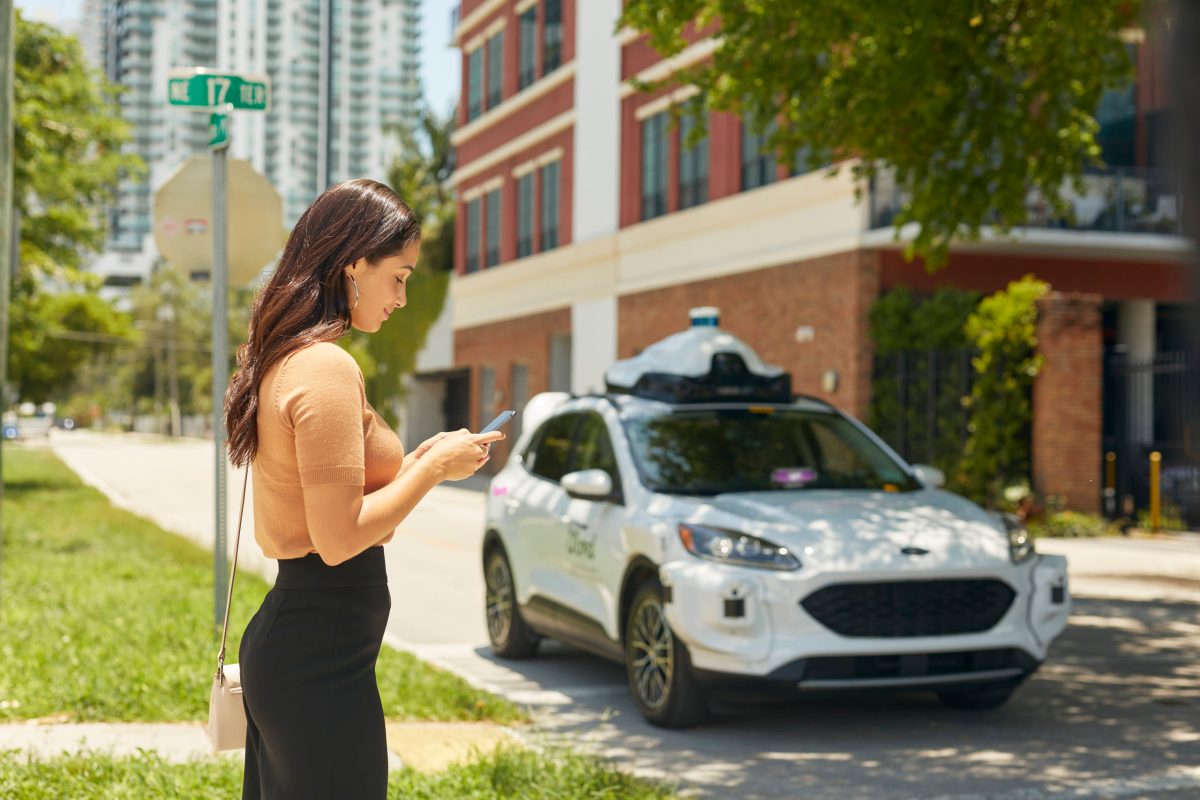diplomat33
Average guy who loves autonomous vehicles
Mobileye SuperVision "L2 door to door" to go to beta testers in China on the Zeekr001:
You can install our site as a web app on your iOS device by utilizing the Add to Home Screen feature in Safari. Please see this thread for more details on this.
Note: This feature may not be available in some browsers.
I read or saw a video on China's advancement on FSD, and heard that one of the lead techs left Tesla and took the code with him to China, and there was a lawsuit against him from Tesla which was settled. I wonder if all the China companies coming out with FSD started with some basis of Tesla's code and then forked it to their platform...
The stuff he allegedly took was AP, before FSD was really a thing.I read or saw a video on China's advancement on FSD, and heard that one of the lead techs left Tesla and took the code with him to China, and there was a lawsuit against him from Tesla which was settled. I wonder if all the China companies coming out with FSD started with some basis of Tesla's code and then forked it to their platform...
Faster than I thought. They just recently pushed the highway feature and now about to start testing the city streets navigation. So now there is the Xpeng City NGP and Mobileye Supervision and next GM Ultra Cruise coming next year.Mobileye SuperVision "L2 door to door" to go to beta testers in China on the Zeekr001:
IMO, it's ridiculous to try and develop an autonomous system that doesn't rely on maps. What percentage of the roads are unmapped? 1%? Less? Surely people can still be depended on to drive those unmapped roads until AV systems have conquered the rest of the 99%. The one thing I know computers are better than humans at is aggregating and processing lots of information quickly. Why limit in the input data for them to function?So it can only operate on mapped roads? I thought these cars didn't need mapping to operate

Of course we need maps to navigate, but these do not have to be accurate to an inch. We have navigation maps already, such as Google Maps. But what about highly detailed (HD) maps?IMO, it's ridiculous to try and develop an autonomous system that doesn't rely on maps. What percentage of the roads are unmapped? 1%? Less? Surely people can still be depended on to drive those unmapped roads until AV systems have conquered the rest of the 99%. The one thing I know computers are better than humans at is aggregating and processing lots of information quickly. Why limit in the input data for them to function?

Just like VW putting Porsche to an IPO at this point. Because they are dead men walking.Intel files IPO plans for Mobileye:

Intel Files IPO Plans for Its Mobileye Autonomous Driving Unit
Intel acquired Mobileye for $15.7 billion in 2017. The company could potentially fetch twice that valuation in an upcoming IPO.www.barrons.com
Just like VW putting Porsche to an IPO at this point. Because they are dead men walking.
I was specifically thinking about things likeOf course we need maps to navigate, but these do not have to be accurate to an inch. We have navigation maps already, such as Google Maps. But what about highly detailed (HD) maps?
The real question is, how many roads are or can be correctly mapped in high resolution? I think, less than 99%, because the real world frequently changes. So each autonomous car has to check for deviations from the map all the time, because it can never be sure.
Difficult to say what that means. It may mean that highly detailed mapping is useless altogether, once autonomous cars are good enough to see and understand reality sufficiently well.
Certain parts of mapping may always be useful, for example, traffic signs. Since they are sometimes obscured, it is useful to know what other cars previously saw. Potholes are another, similar issue, because they cannot always be recognized in time. When it is wet, every puddle can hide a pothole underneath. It is probably also useful to know where marked lanes begin and end and where they lead to.
But this does not mean that total, complete, highly detailed mapping is needed everywhere. Perhaps it is quite sufficient to map only problematic spots. Perhaps it is sufficient to mark 95% of the roads as normal, unsurprising, and only map the difficult 5% in detail.
I was specifically thinking about things like
lane selection, speed limits, school zones, intersections, and such. Not simply navigation and not HD maps down to inches. It is specifically for things like lane selection that Tesla is getting rid of map
Information in favor of reading lines from vision. And lane selection has gotten HORRIBLE! It really burned me to see the team up there on AI day touting their new lane selection NNs and how they went from vision models to language models for lane selection and how cool it was. Makes me wonder if any of these guys actually drive a Tesla with FSDb. Of course, all their commutes/routes (as well as all of Elon’s) are probably in the confirmation/testing data they talked about, so every release probably works just fine for them.
Well that specifically is being addressed in FSD version 10.69.2.3.IMO, it's ridiculous to try and develop an autonomous system that doesn't rely on maps. What percentage of the roads are unmapped? 1%? Less? Surely people can still be depended on to drive those unmapped roads until AV systems have conquered the rest of the 99%. The one thing I know computers are better than humans at is aggregating and processing lots of information quickly. Why limit in the input data for them to function?



